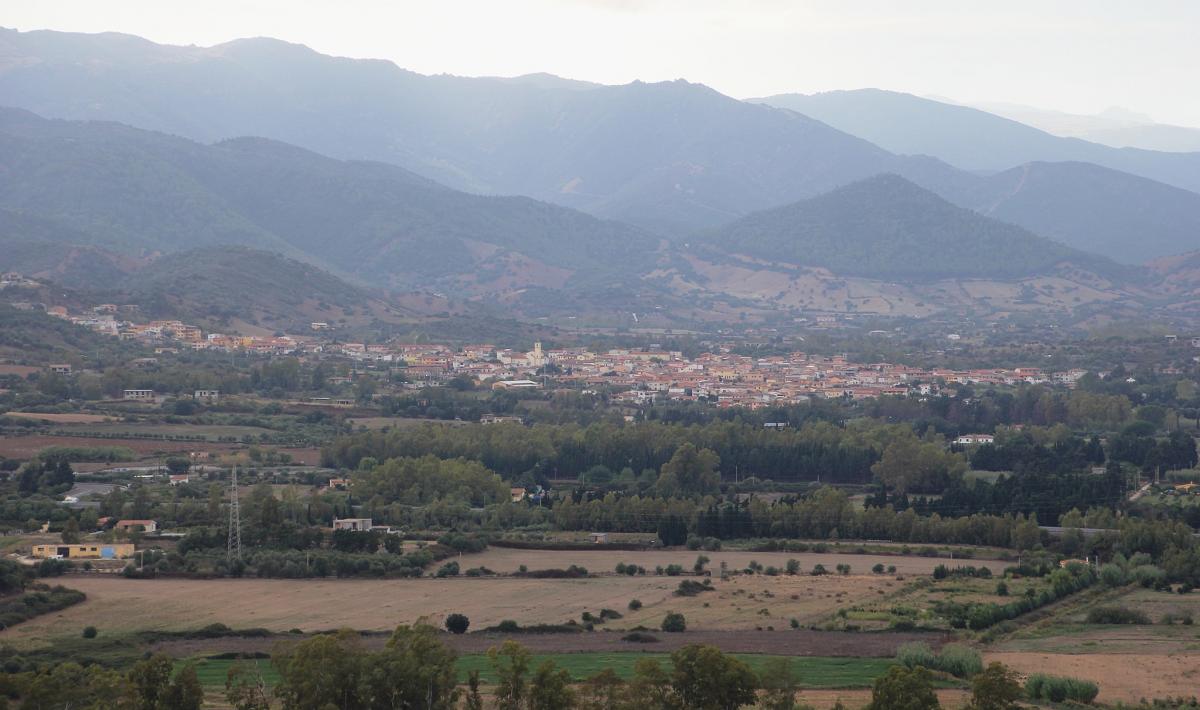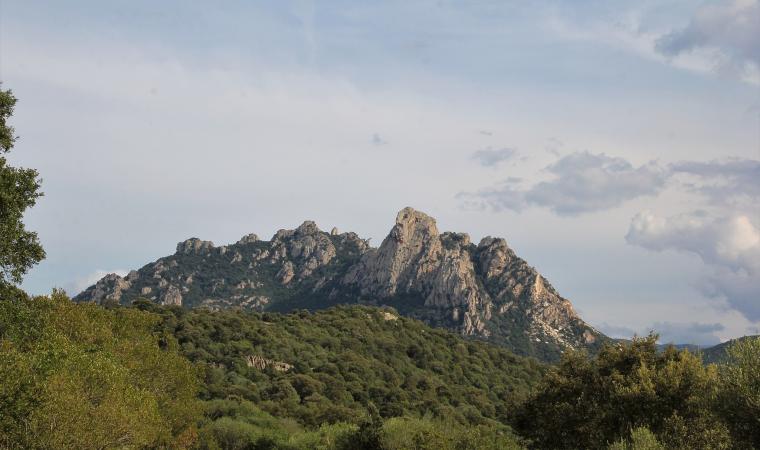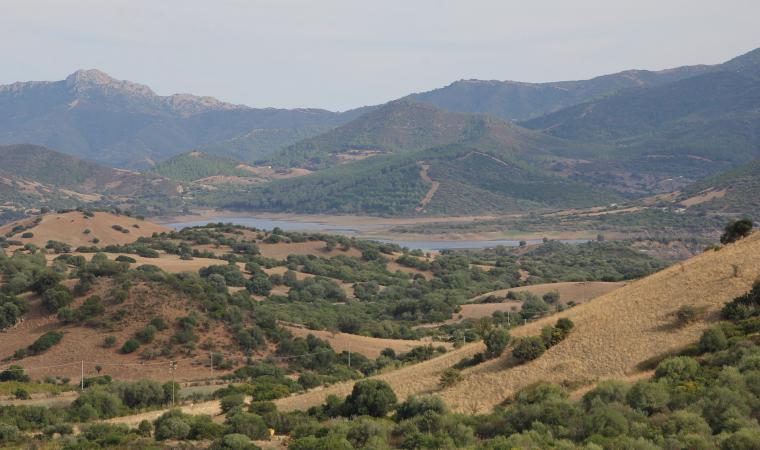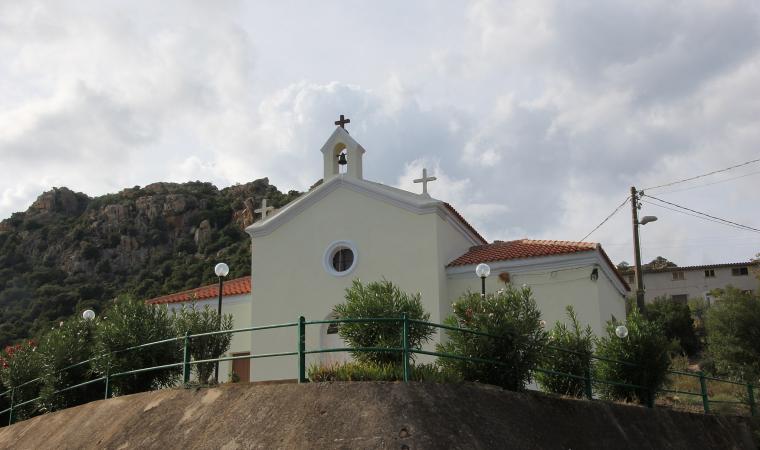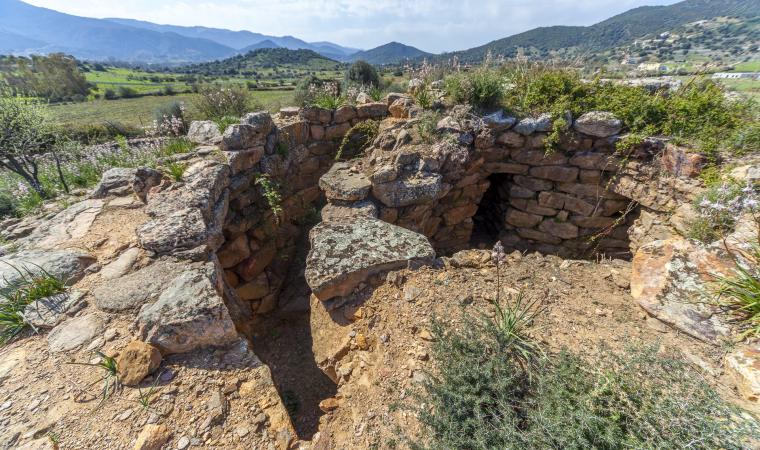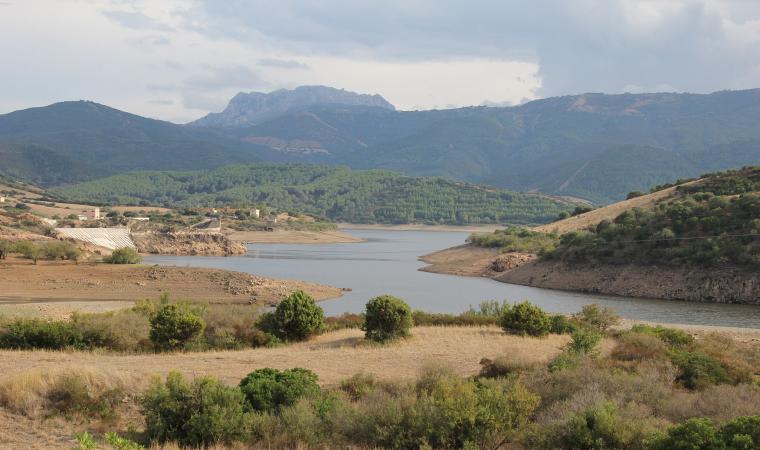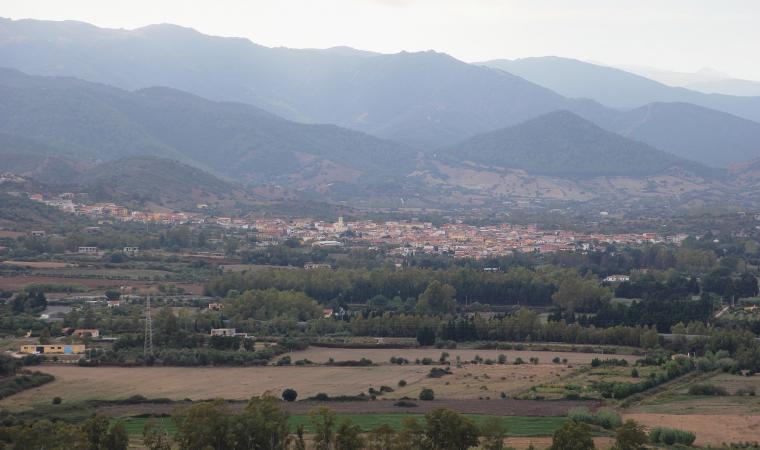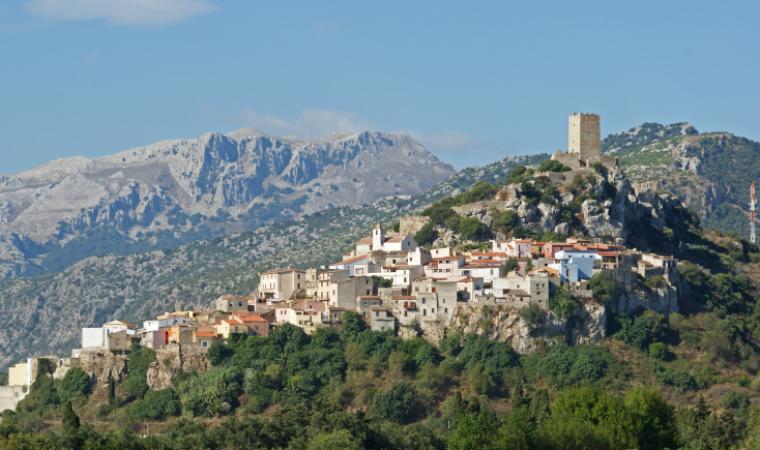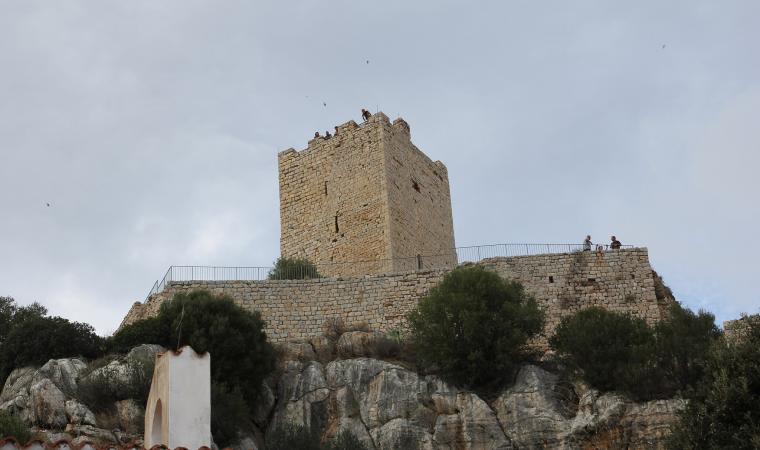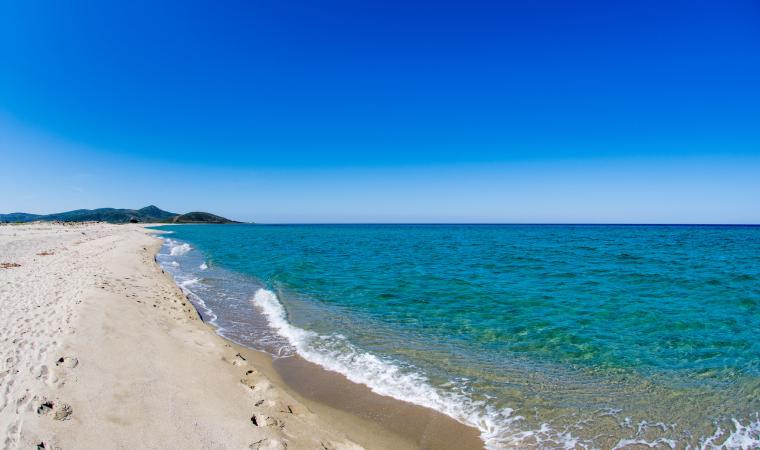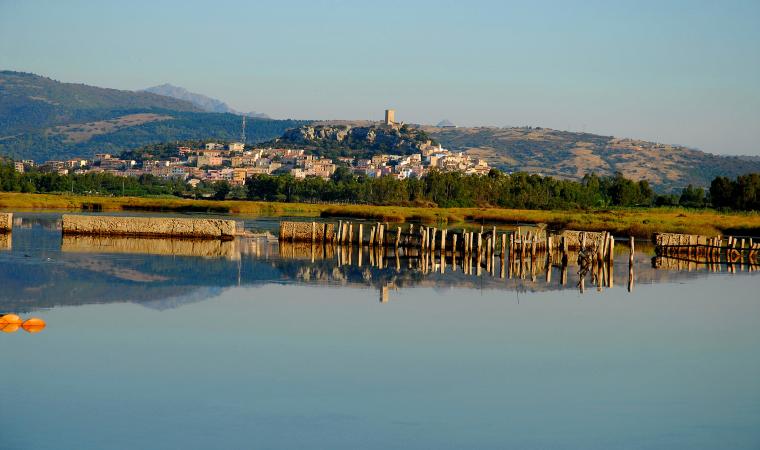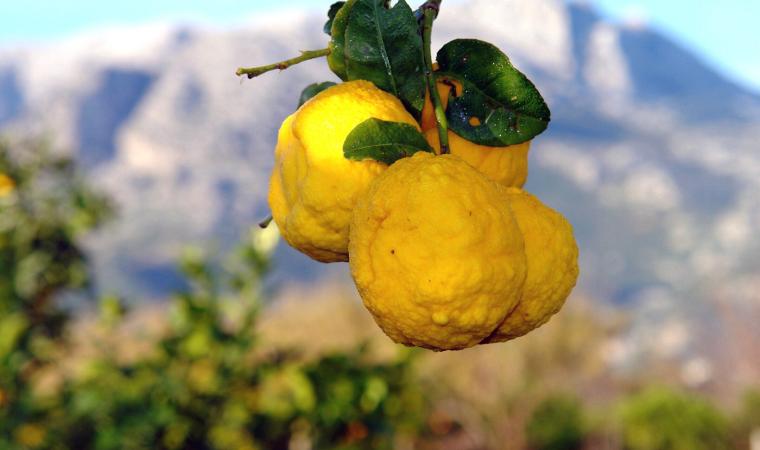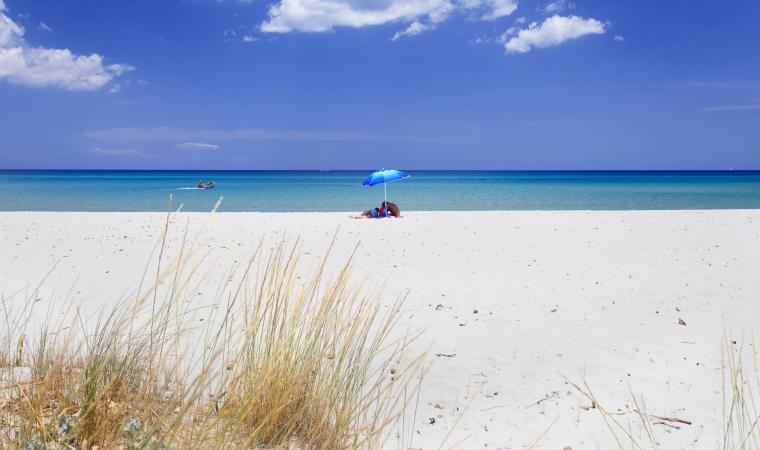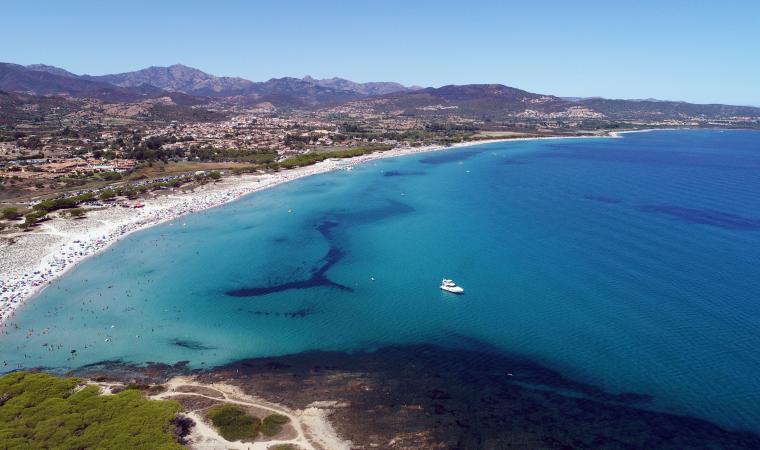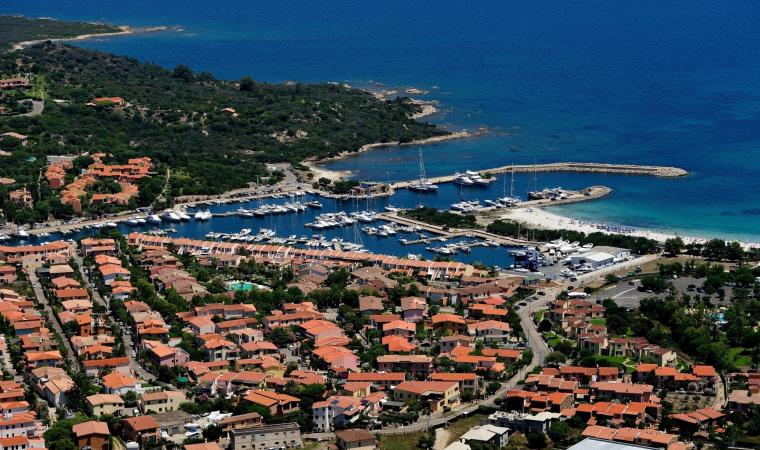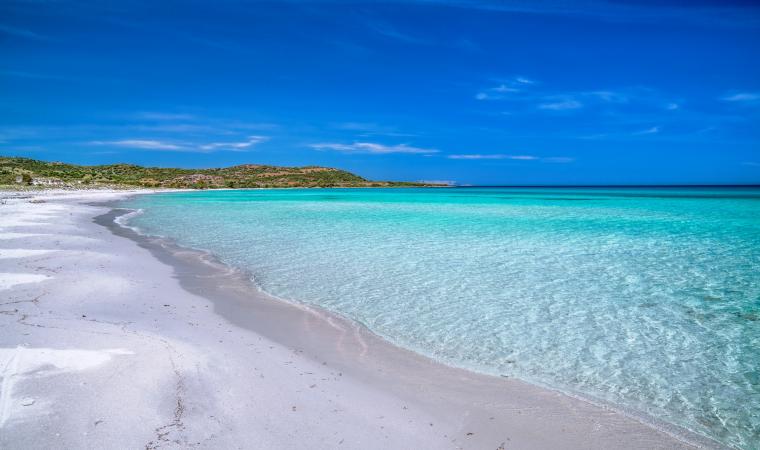A part of the Tepilora oasis regional park, one of Sardinia’s most verdant areas, falls under the jurisdiction of Torpè. In it are some 8,000 hectares of pristine woods dotted with springs and boulders shaped by time, streams and trails, as well as wildlife protection areas where mountain goats and deer thrive. Within the woods are the su Lidone and Usinavà forests, with more than a thousand hectares of oak and cork trees, as well as classic Mediterranean brush, all dotted with granite outcrops that time and weather have eroded into a variety of shapes. Make sure you see Lake Maccheronis, around which there are cycle paths and the sa Dea pine stand. The highest concentration of holm oak trees can be found at Badd’e Cabras and at sa Figu, where you will also find red juniper, arbutus and mastic trees. Another spot with gorgeous views is mount Nurres, one of the hills around the town between Cuccuru ‘e Luna, mount Pedra Ruina and mount Nizzu, home to a copper mine. A strategic road between the coast and the plains of Bitti and Buddusò, the area was in habited as early as Neolithic times, and remains dotted with prehistoric archaeology: the domus de Janas of Predas ruias and the San Pietro nuraghe, with main tower and turrets, one of which was used in Roman times, are well worth a visit,
Torpè has amazing views that span from the Gulf of Olbia and the marine area of Tavolara to the north to the Gulf of Orosei and the Dorgali Supramonte to the south. Surrounded by granite hills near the north-eastern coast of Sardinia, the town boasts almost 3,000 citizens who speak lugodorese. The first documented mention of Torpè was in the XII century, as a village under the curia of nearby Posada in the giudicato of Gallura. The church of Nostra Signora degli Angeli rises nestled in the narrow streets of the historical centre, streets that were a source of inspiration for the XX century artist Mario Delitala. The celebrations in honour of the patron saint include folkloristic performances. The church of Sant’Antonio is not far away, and a favourite event is held in his honour every 16 January with great bonfires, a religious ceremony accompanied by music and dancing, sweets and wine. Festivities for Santa Rita, at su Cossu, take place in late May, and those in honour of the Immaculate Virgin in late September. In early October the little town of Talavà comes alive with festivities celebrating Santa Teresa. Other interesting events include the traditional voice and guitar competition and the food festival known as ‘Torpè produce’. The town is known for its citrus groves and for the concrete-producing quarries. City hall is home to an exhibit of photographs portraying the traditions and daily life of centuries past. In the outskirts of sos Rios e Concas you can still see old buildings with old bare walls of mud bricks and stone.

